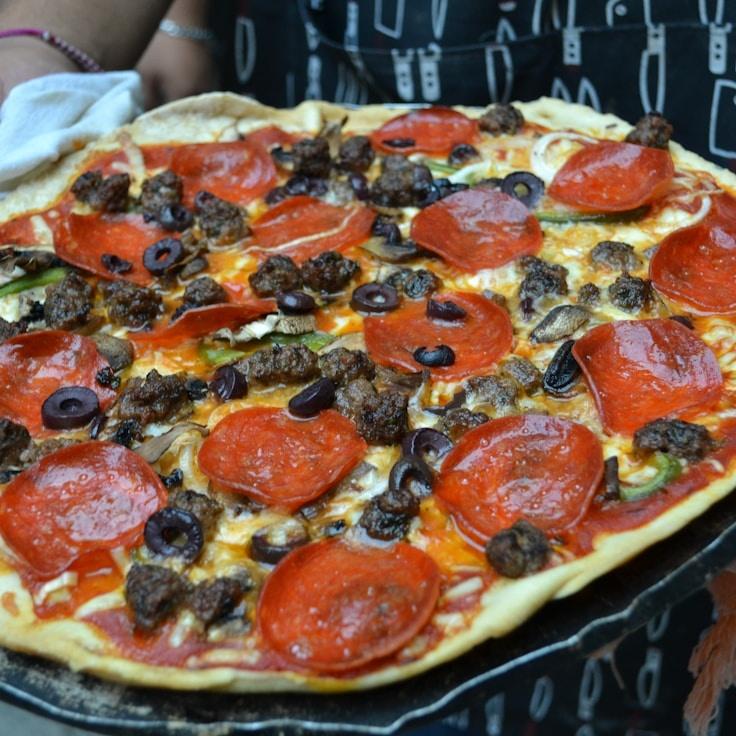At GarlicGingerFit, our philosophy is that remarkable pizza begins with outstanding dough. Having honed our recipe over thirty years, we're thrilled to unveil some key elements to success. Although our precise blend remains a closely-held secret, the following tips will enable you to craft pizzeria-caliber pizza dough right in your kitchen.
Choose Your Flour Wisely
The cornerstone of superb pizza dough lies in the quality of the flour used. Our go-to is 00 flour, which is a finely milled Italian variety featuring a moderate level of protein (approximately 12%), giving just the right mix of elasticity and softness. Should 00 flour be unavailable, a decent alternative is bread flour, though you'll notice subtle texture changes.
Temperature and Dough Hydration
Water temperature plays a crucial role in dough fermentation and structure. Opt for cold water, about 45°F (7°C), to slow down fermentation and enhance taste, or lukewarm water, around 85°F (29°C), for a faster process. Aim for a dough hydration rate between 60-70% for optimal results in common household ovens.
Less Yeast, More Time
To achieve a dough with rich flavor, use minimal yeast and extend fermentation time. With just 0.2% of fresh yeast in relation to our flour weight, we achieve a fermentation period of 24-48 hours. This slow fermentation cultivates in-depth flavors and yields a dough that's more digestible.
Understanding Salt's Role
Salt does more for your dough than only adding taste—it enhances gluten formation and regulates yeast activity. Fine sea salt at a measure of 2.5-3% of your flour's weight is ideal. Incorporate it once the flour and water have begun to mix, avoiding direct yeast contact.
The Fermentation Process
Post-mixing, the dough should undergo bulk fermentation at an ambient temperature for a couple of hours, followed by division into smaller portions. These portions should be stored in covered containers and refrigerated between 24-72 hours. During this period, enzymatic activity breaks down starches into sugars, adding to the flavor profile and picturesque crust browning.
Gentle Handling is Key
Prior to baking, allow the dough to rest at room temperature for 1-2 hours. When shaping pizza, handle the dough delicately to keep the developed air pockets intact. Gently press and stretch the dough using your fingertips as opposed to rolling it out.
The Importance of Heat
Although our specialized ovens can reach temperatures up to 850°F (454°C), most residential ovens top off at about 550°F (288°C). To mimic professional results, preheat a baking stone or steel for a full hour before using to replicate the intense bottom heat critical for a perfectly crisp crust and a fluffy interior.
Perfecting the art of pizza dough is an ongoing adventure, each batch offering lessons in the craft. Keep a diary of adjustments and results to find what suits your kitchen best.
Eager to see how we make our dough? Attend one of our monthly pizza-making workshops where Chef Julian will walk you through these techniques in depth. Refer to our events calendar for the upcoming schedule!

